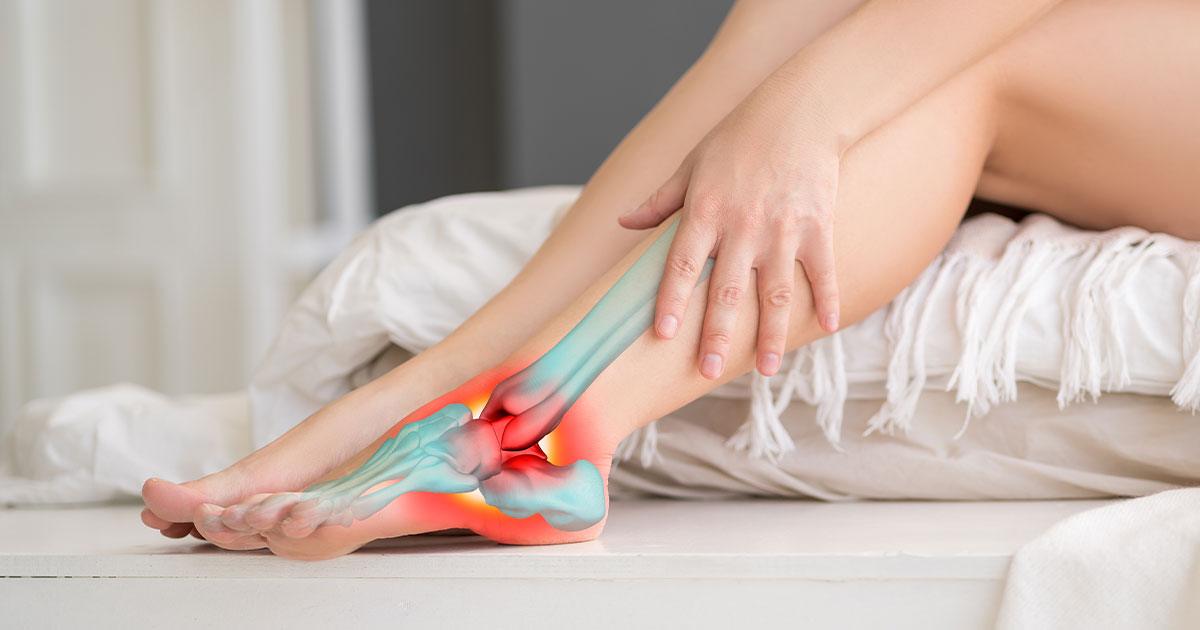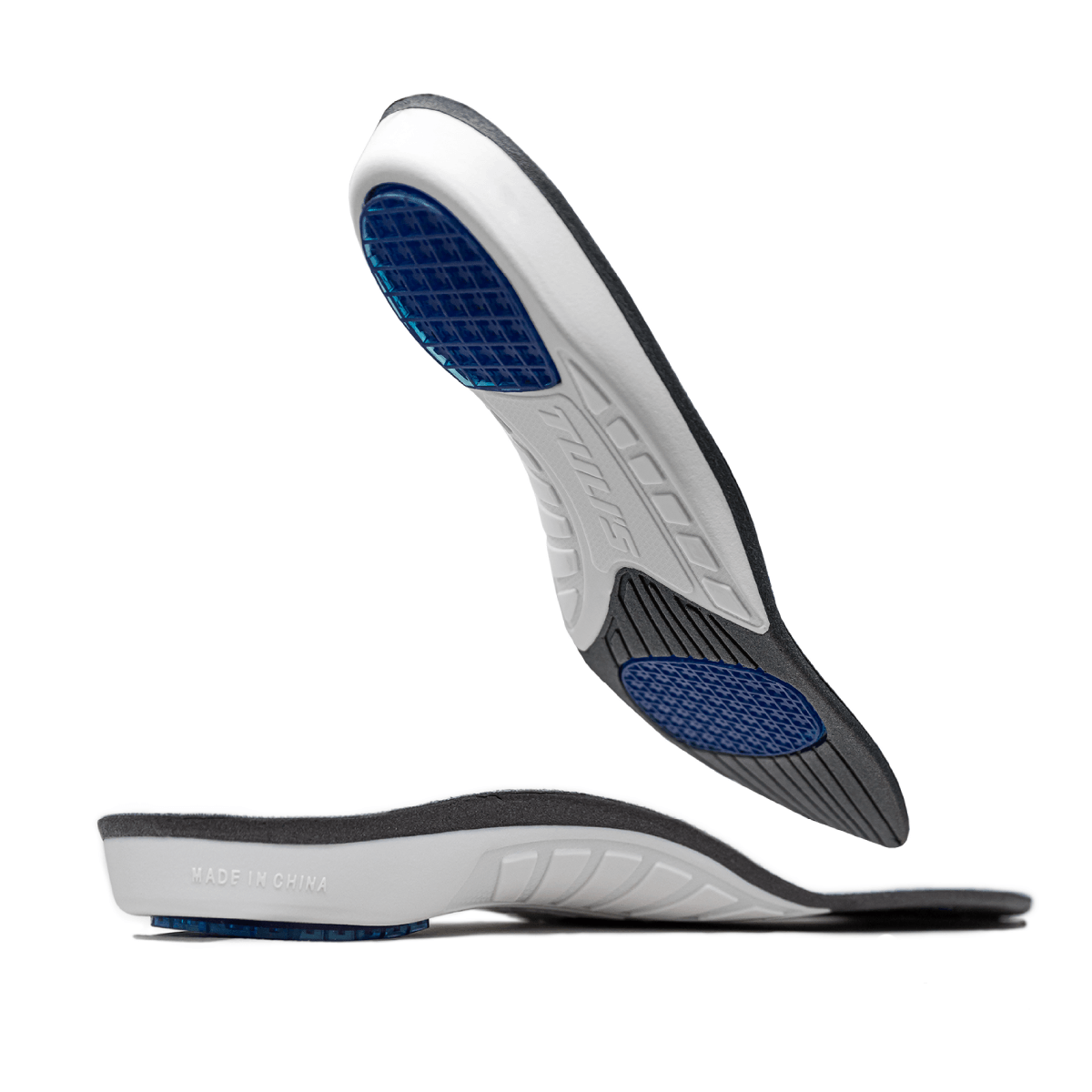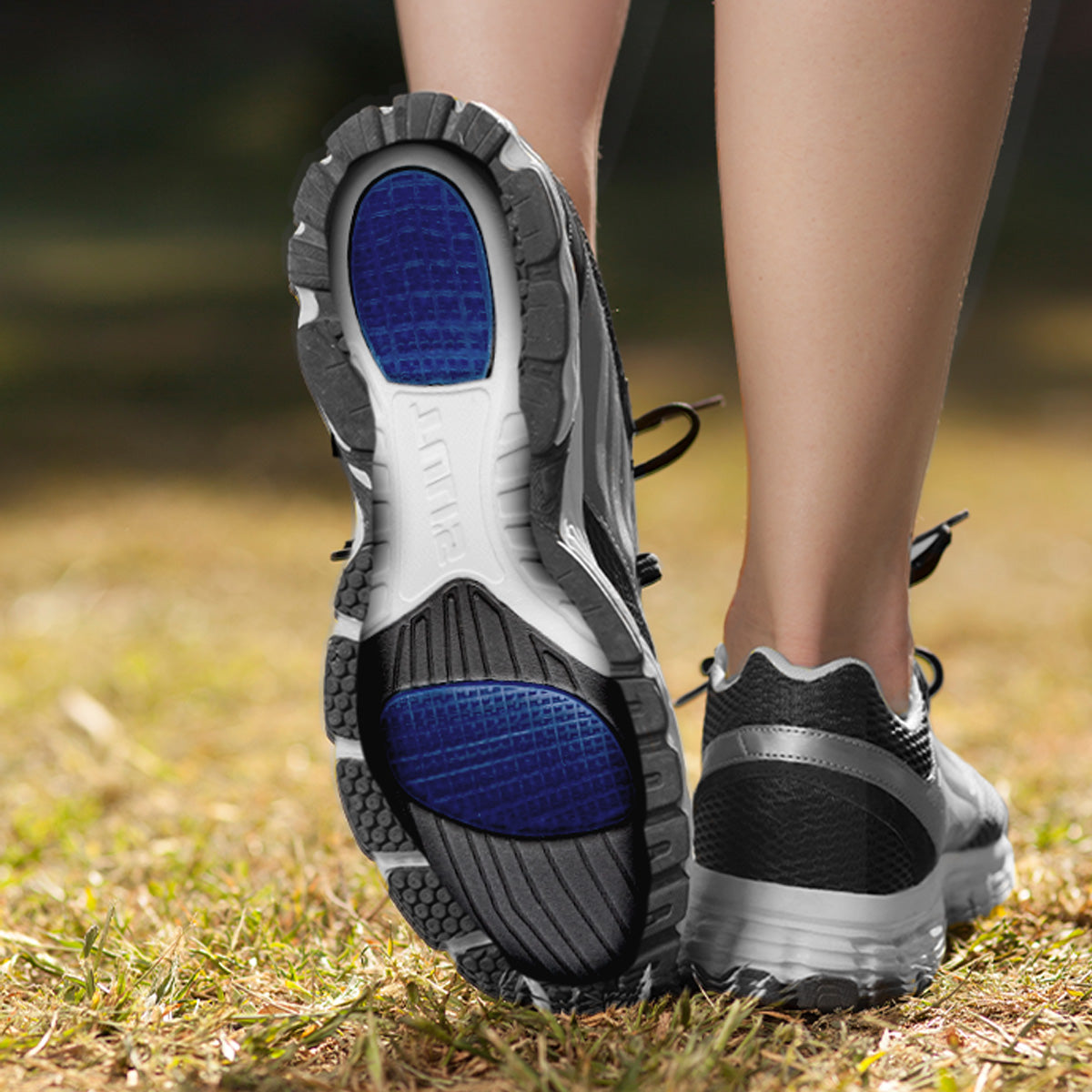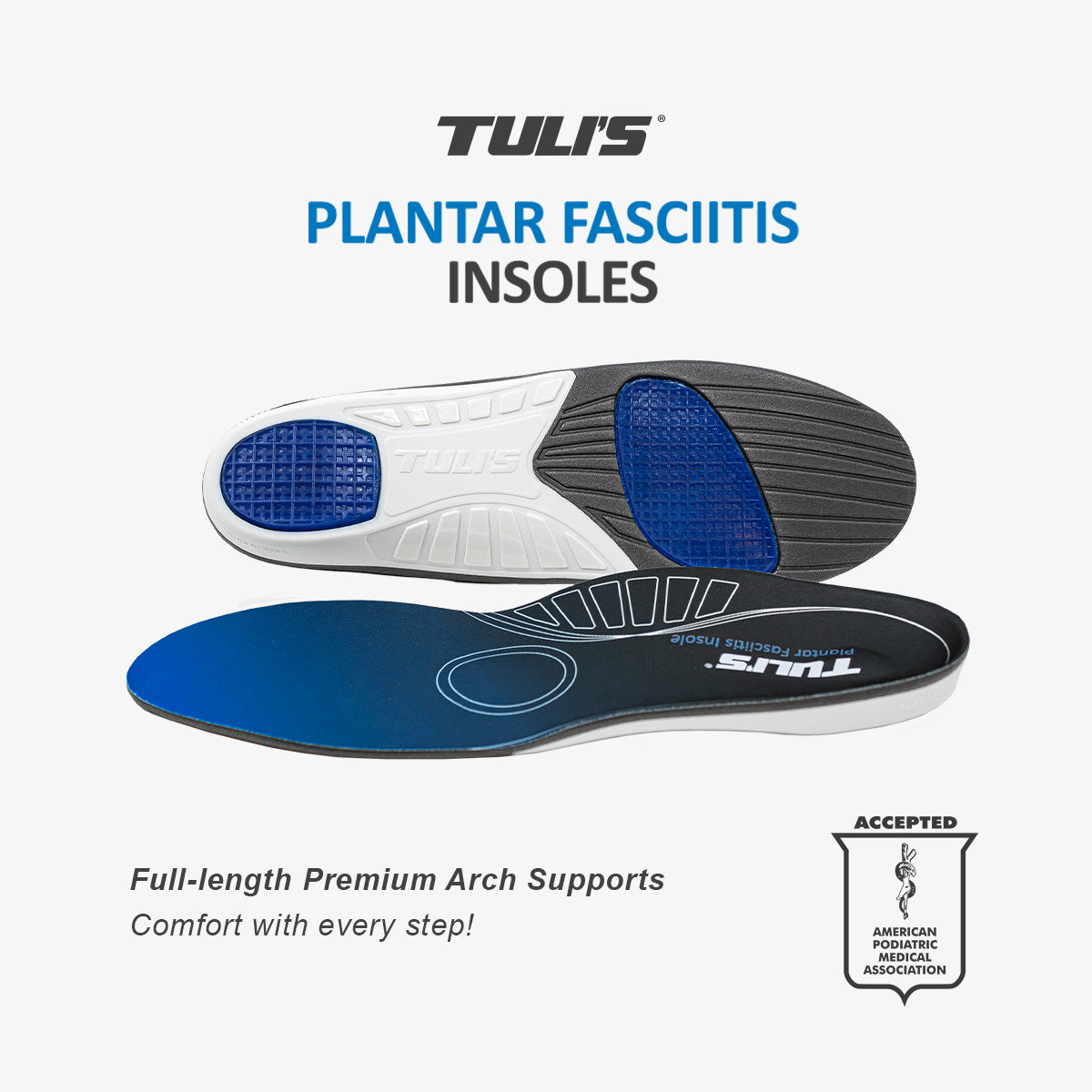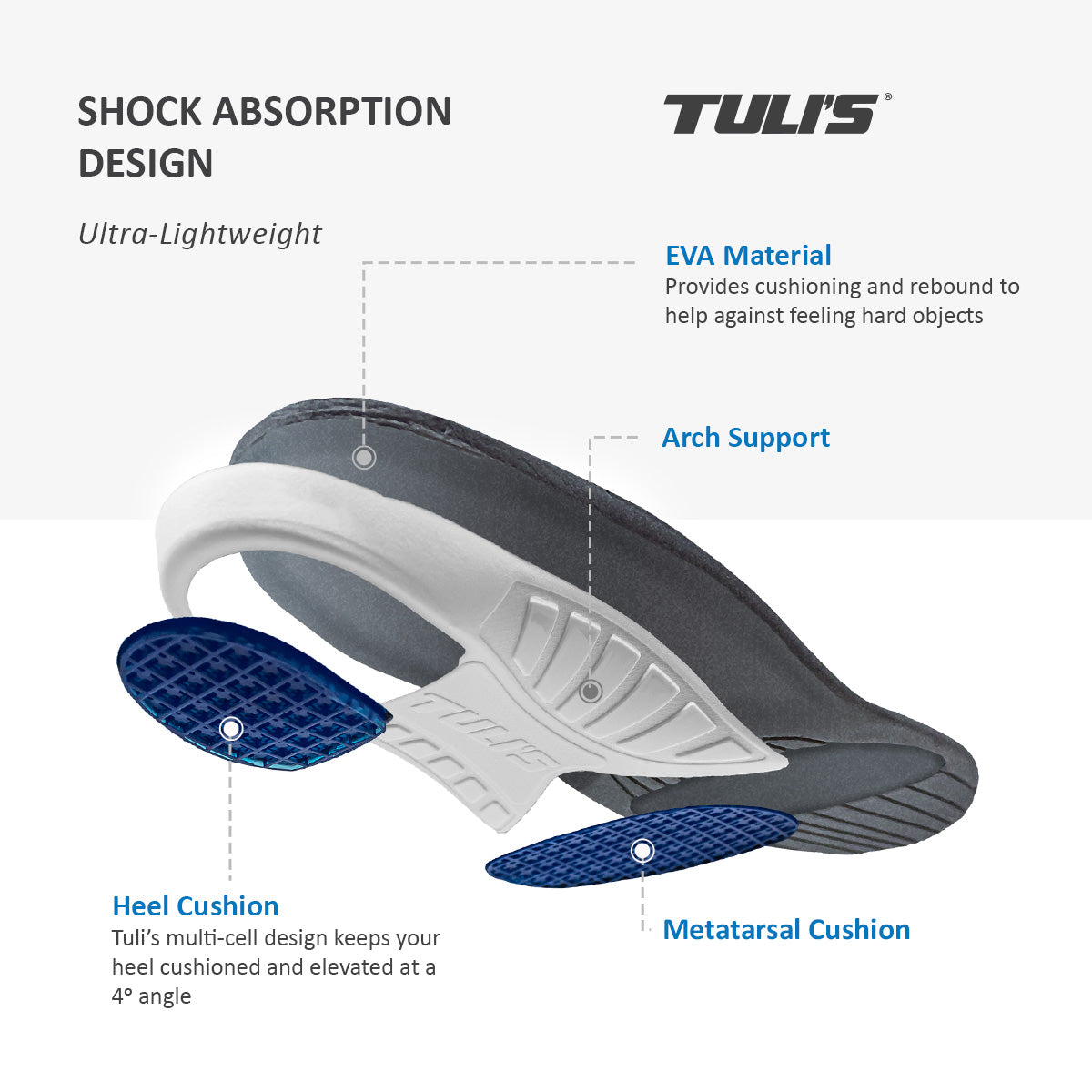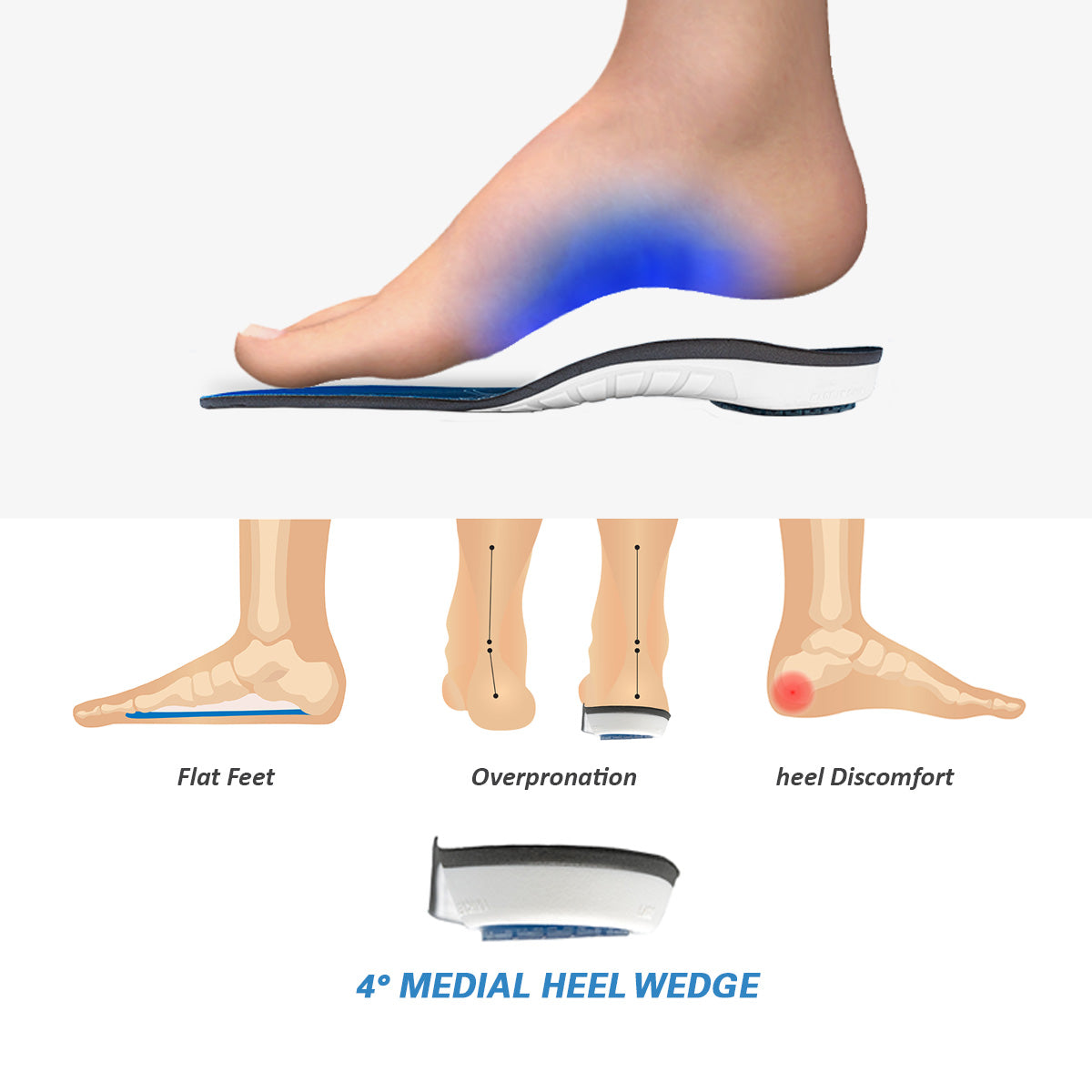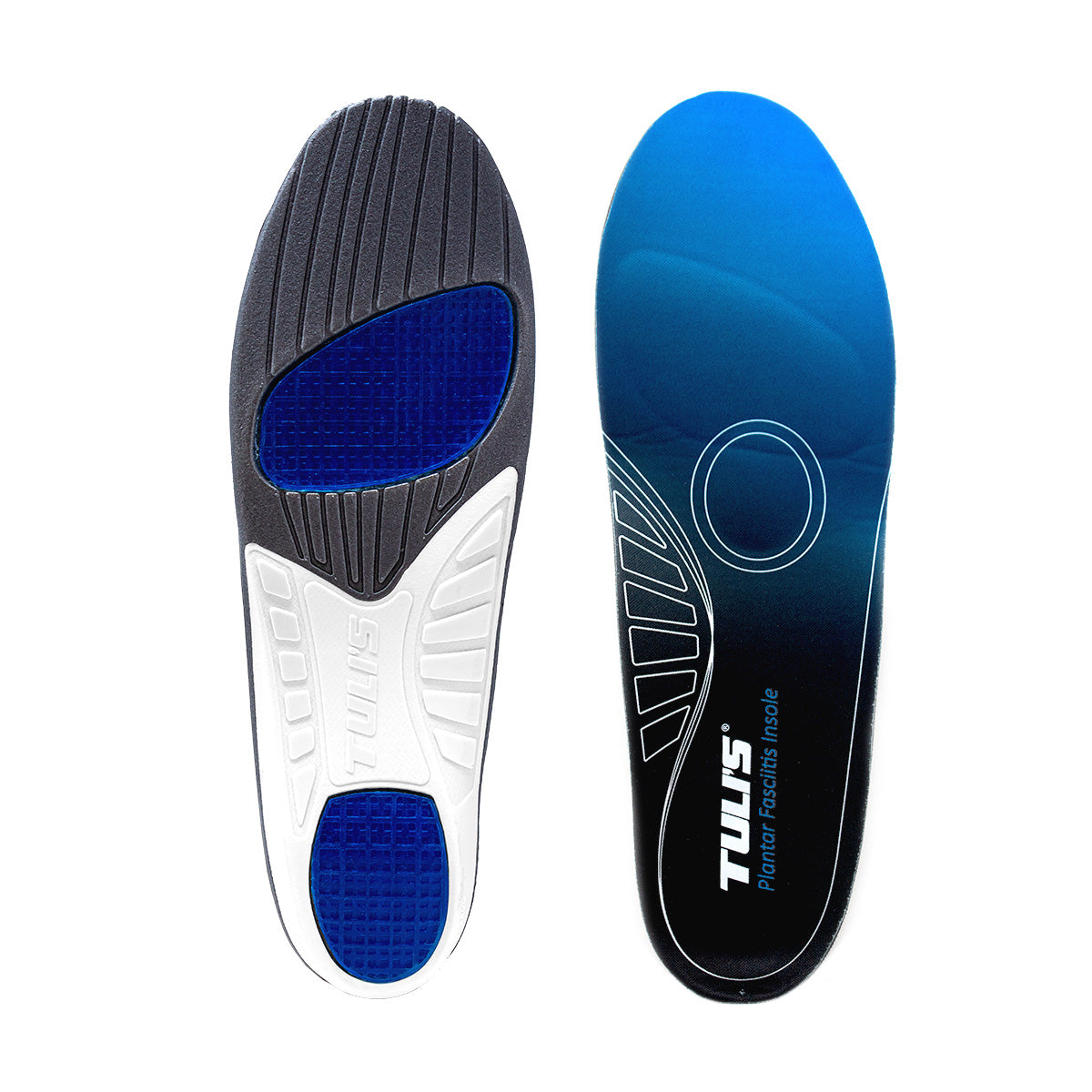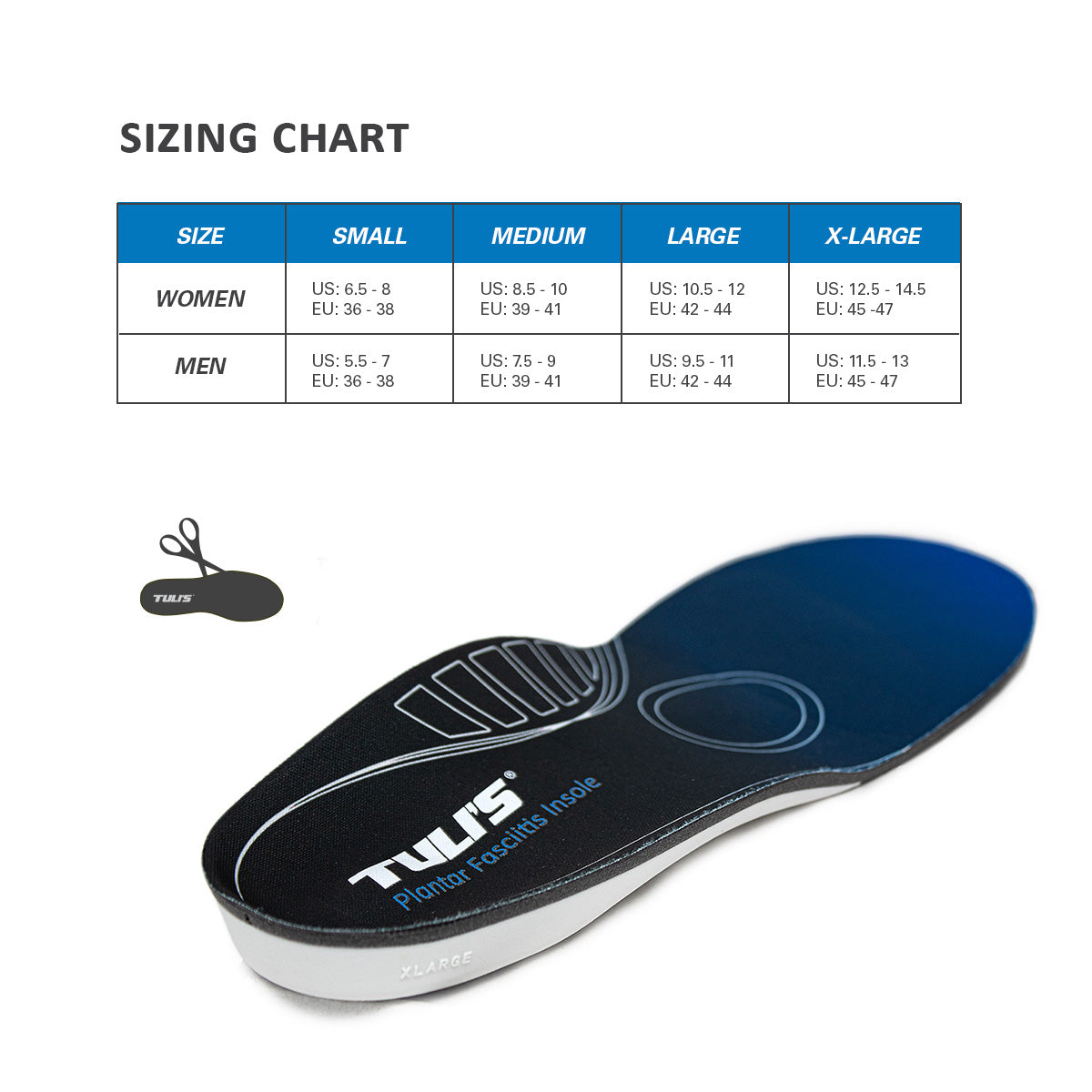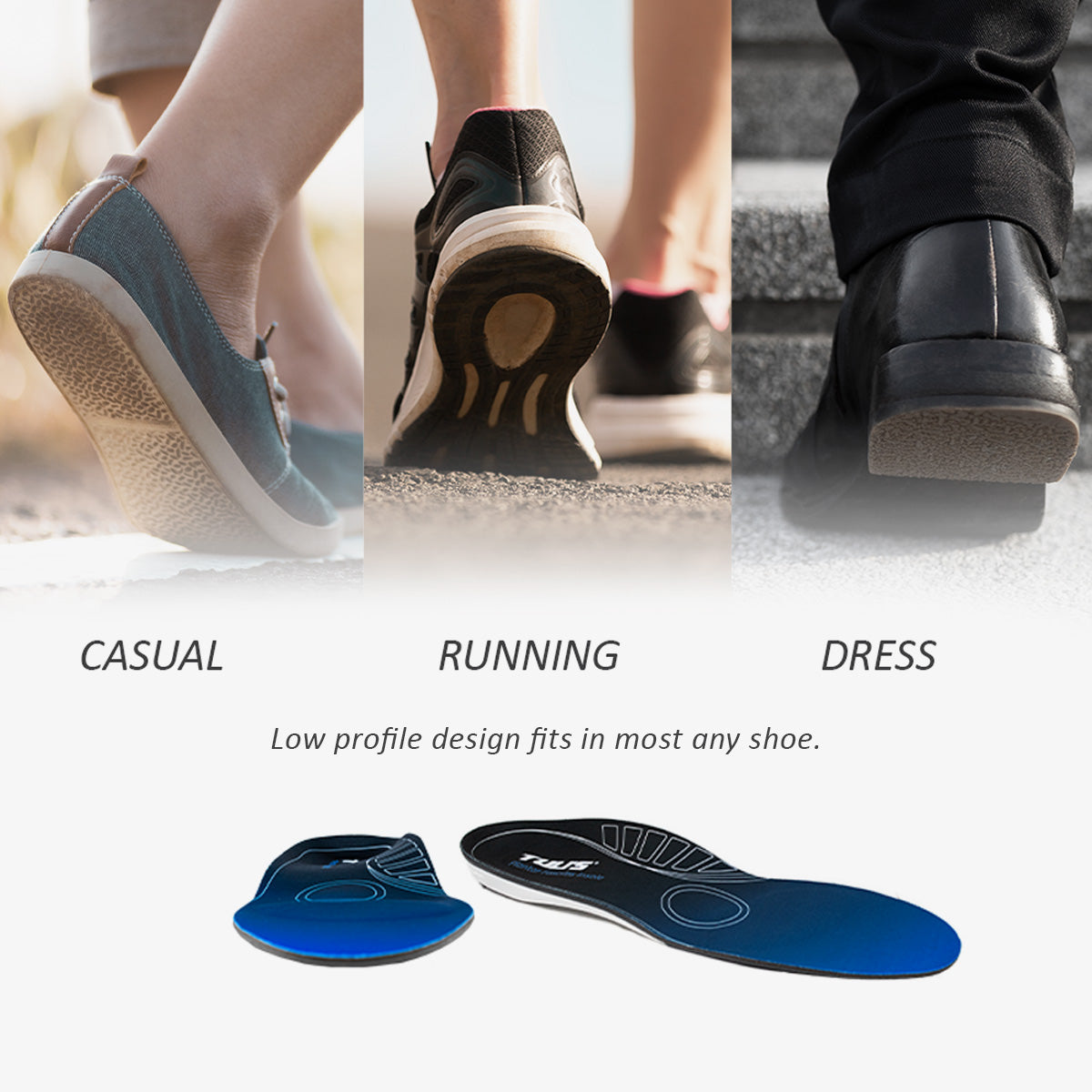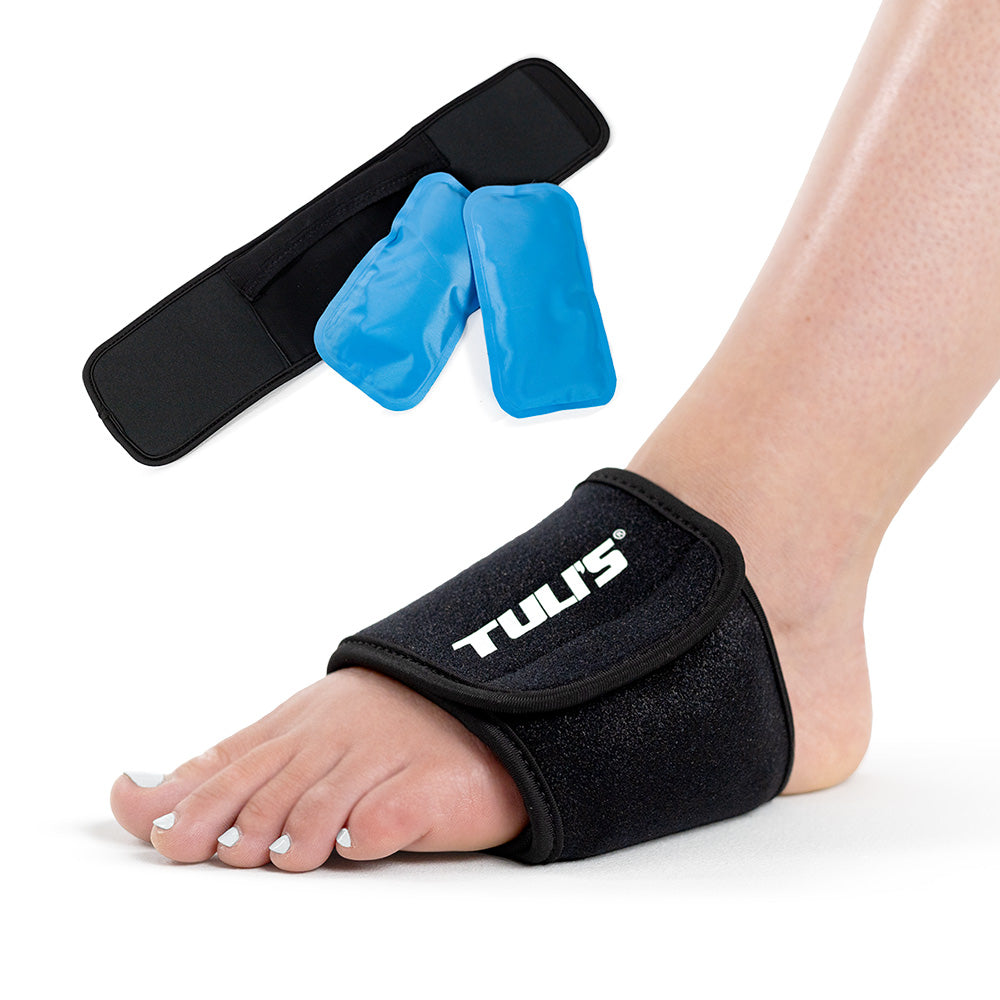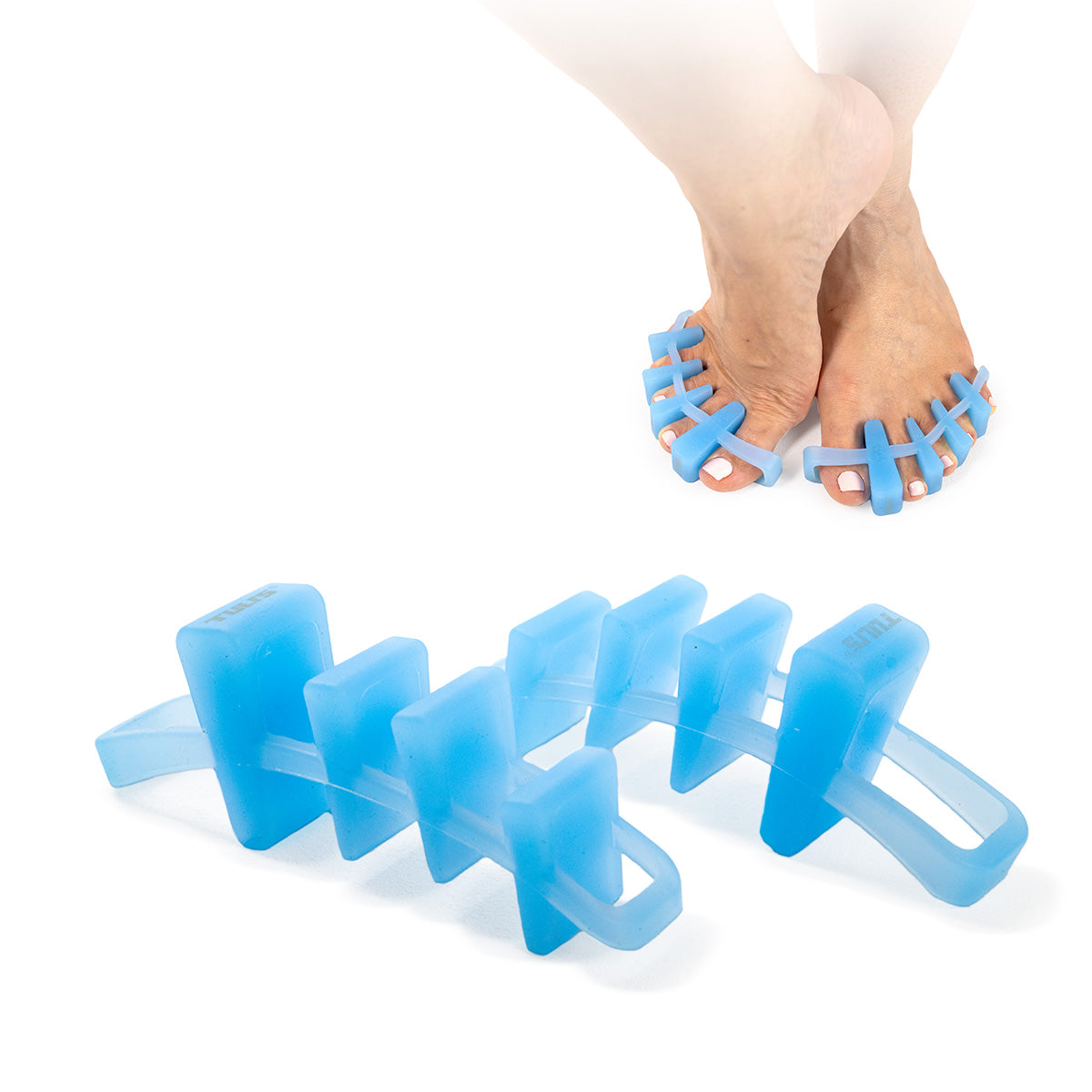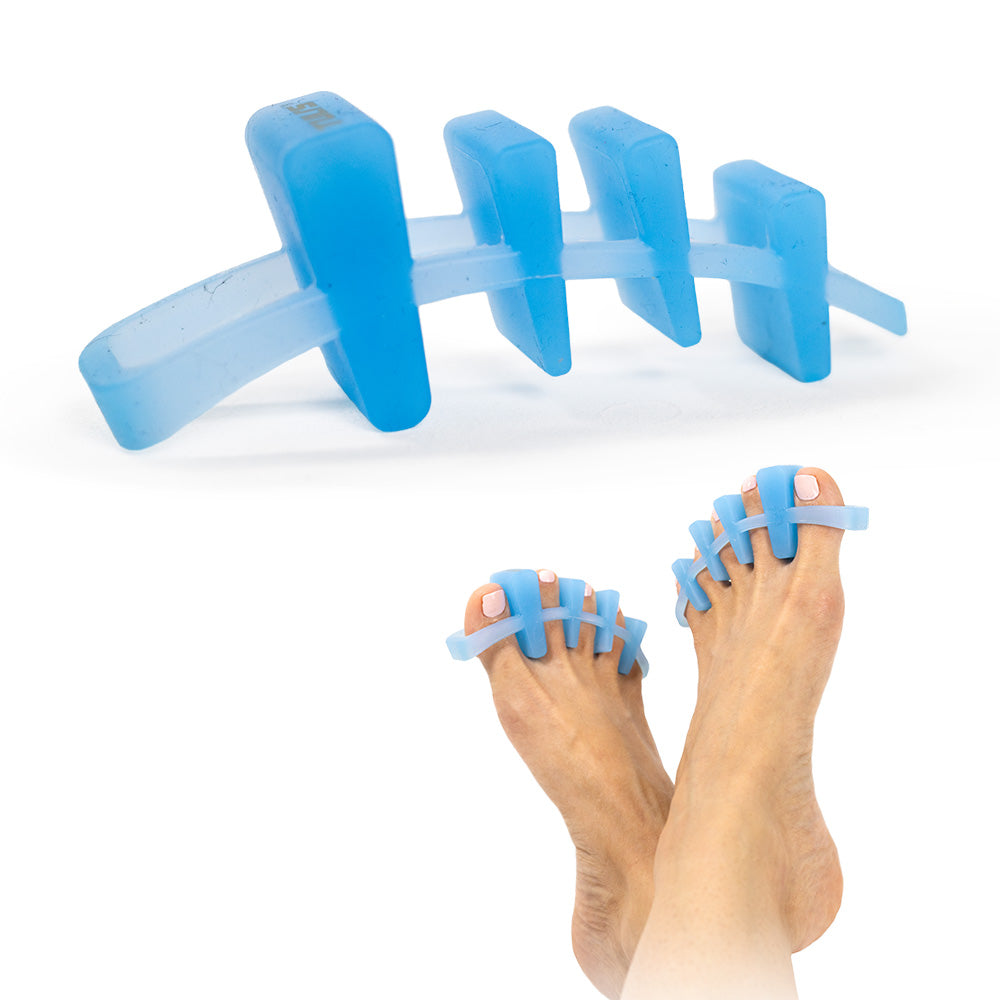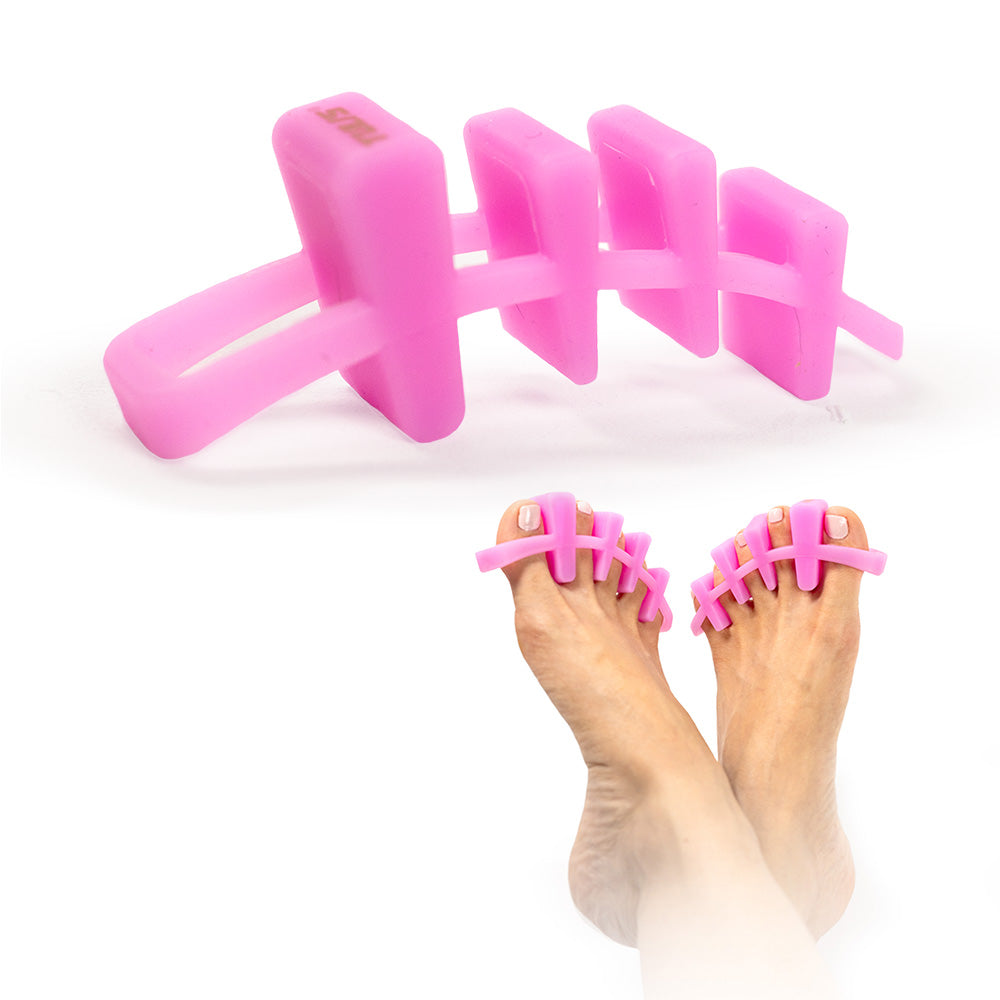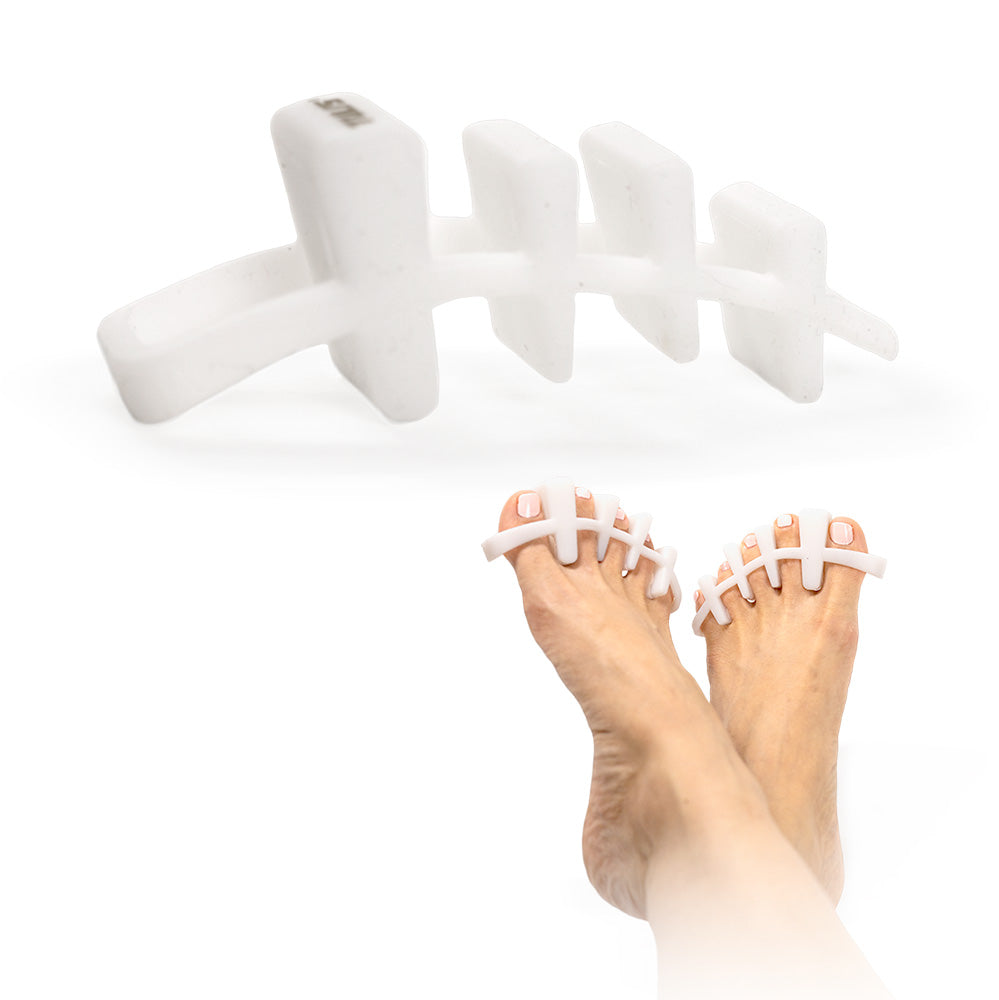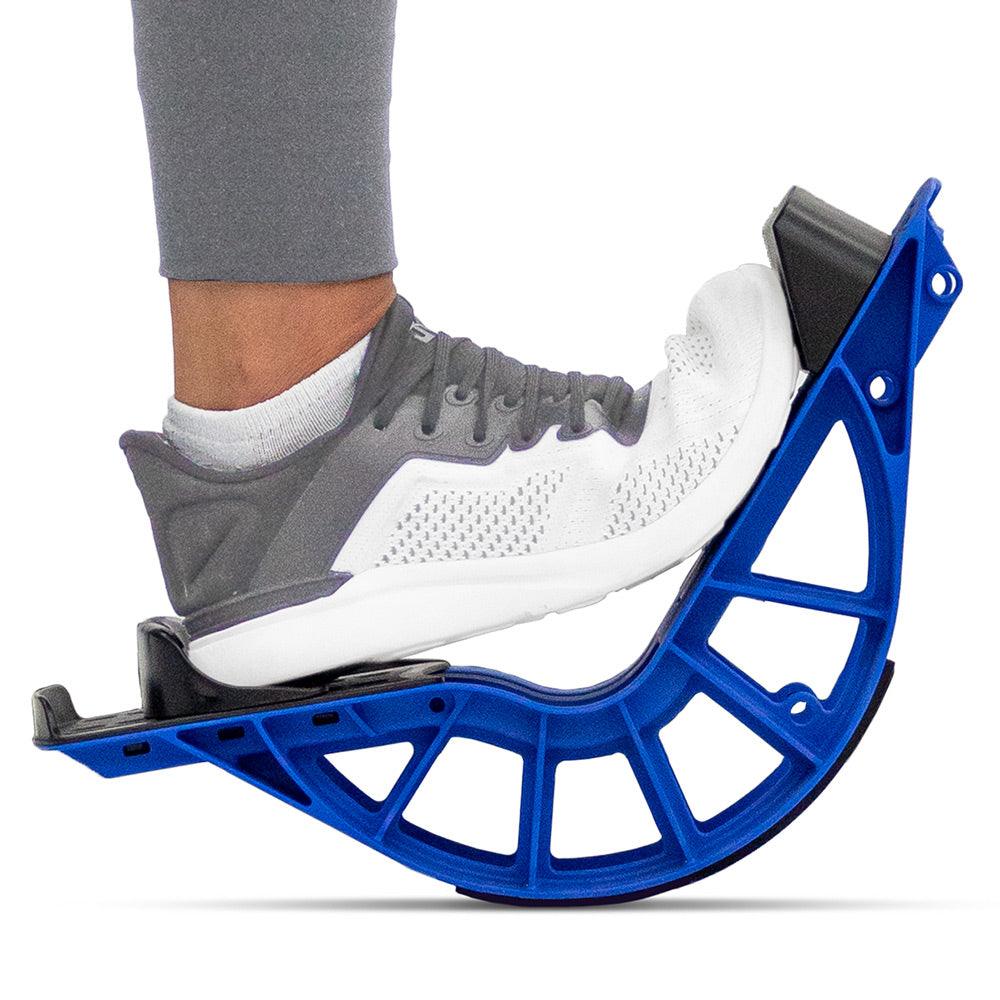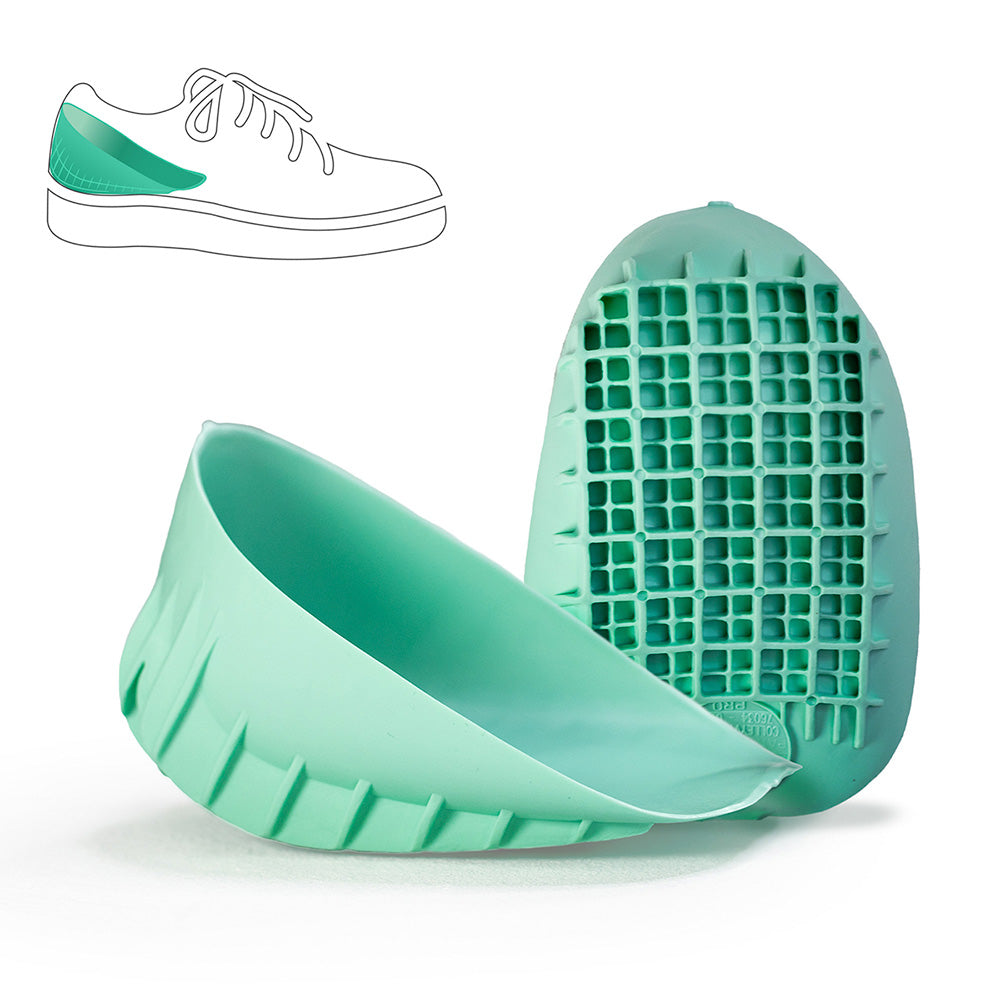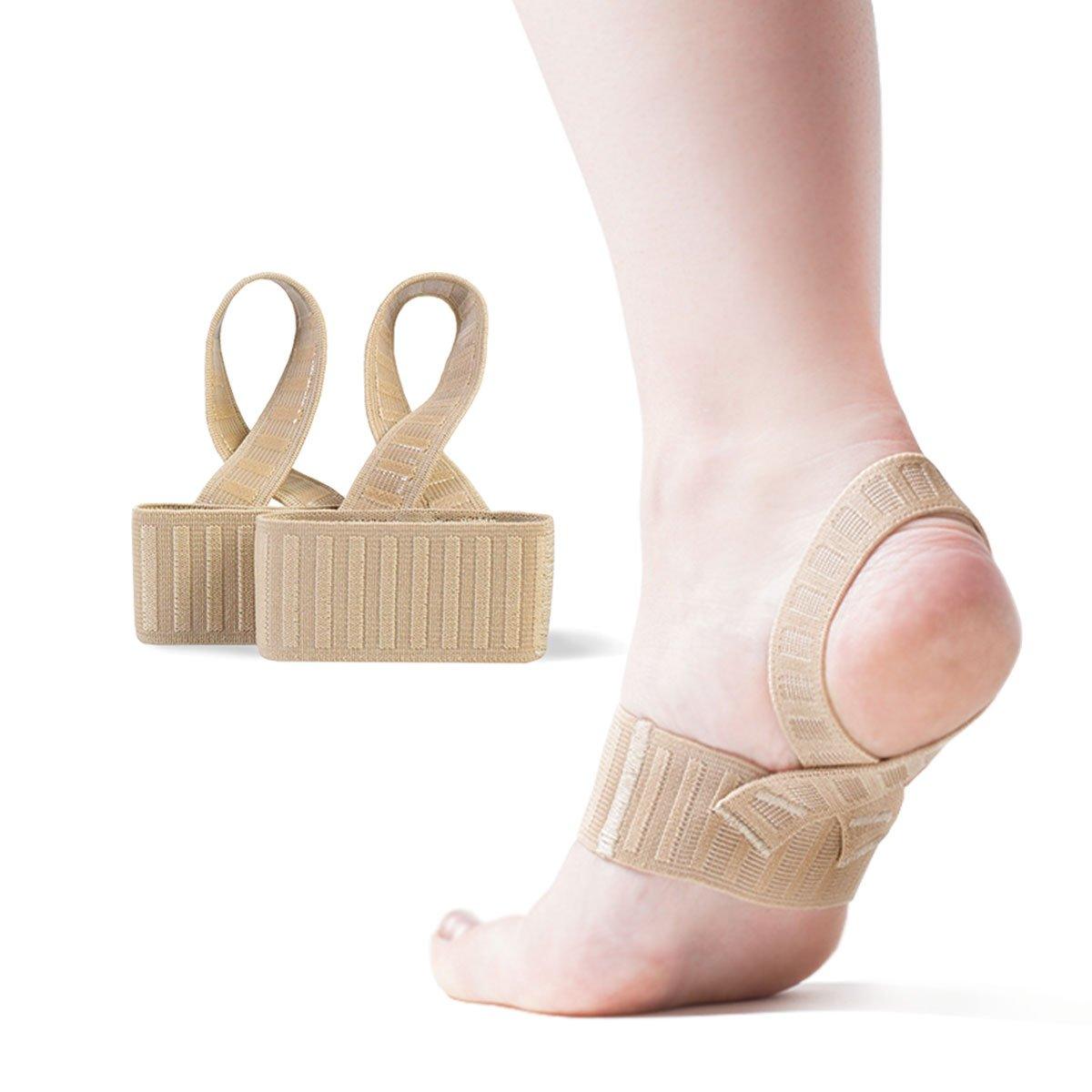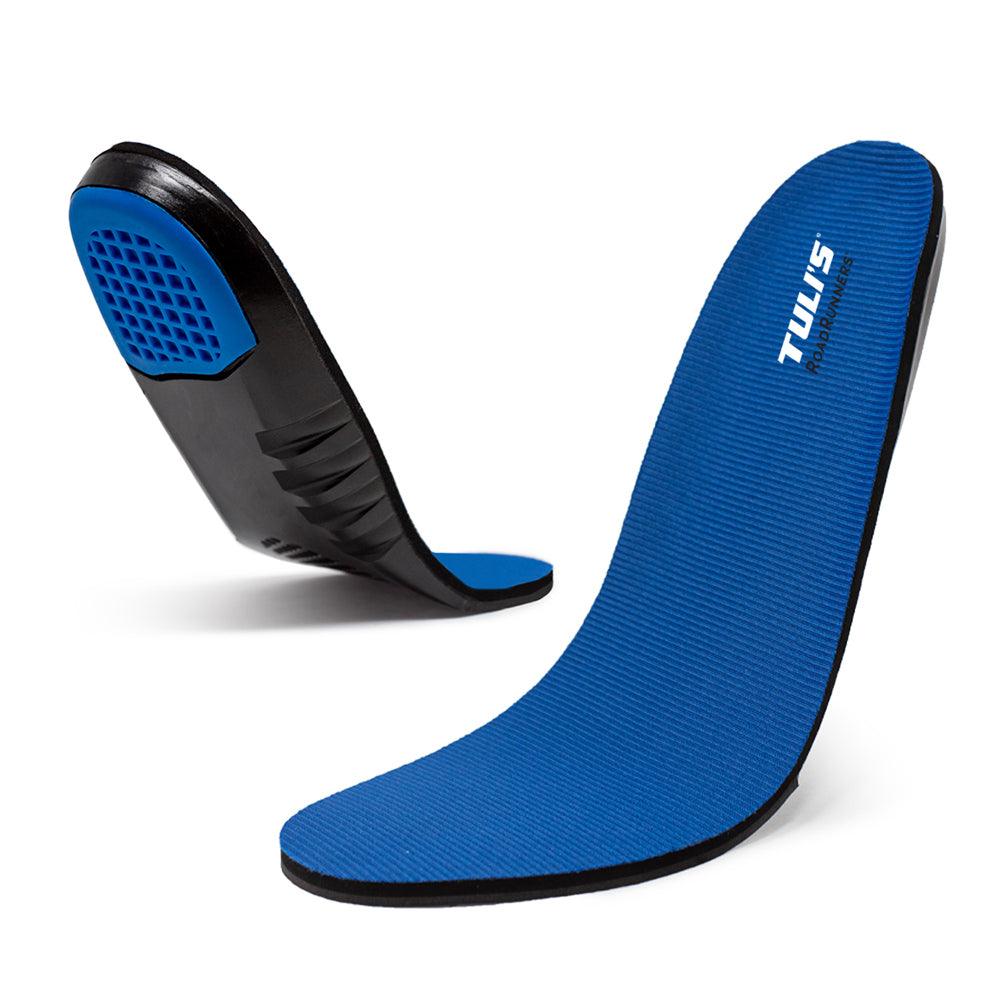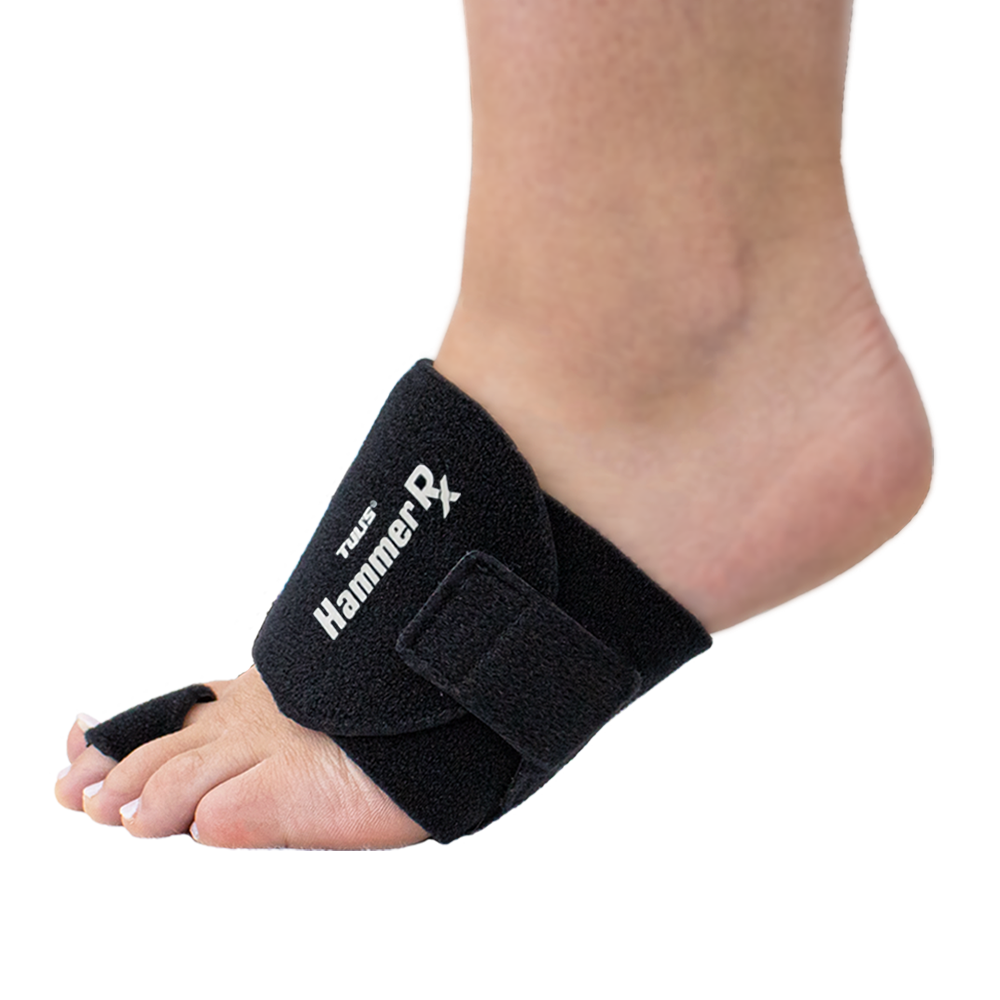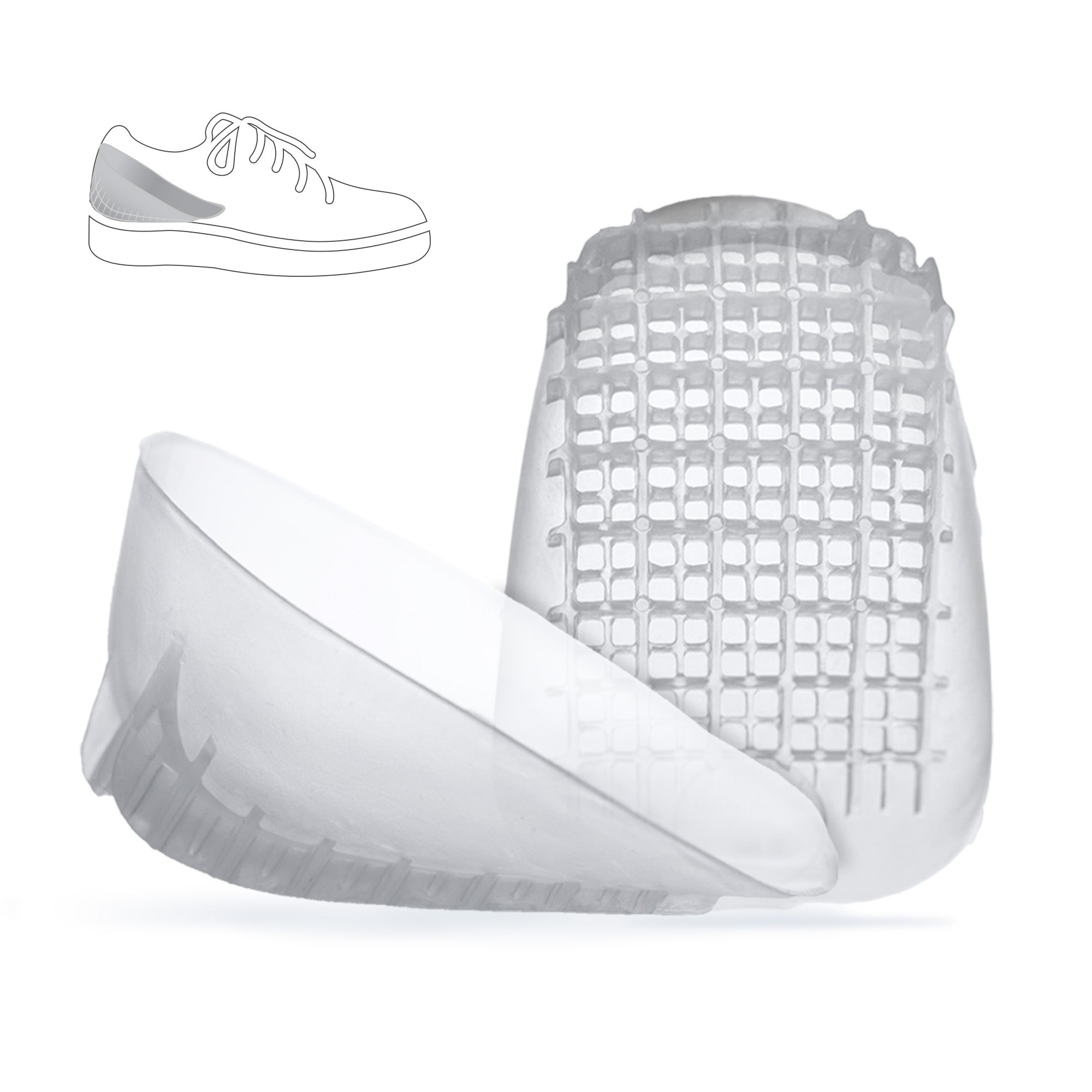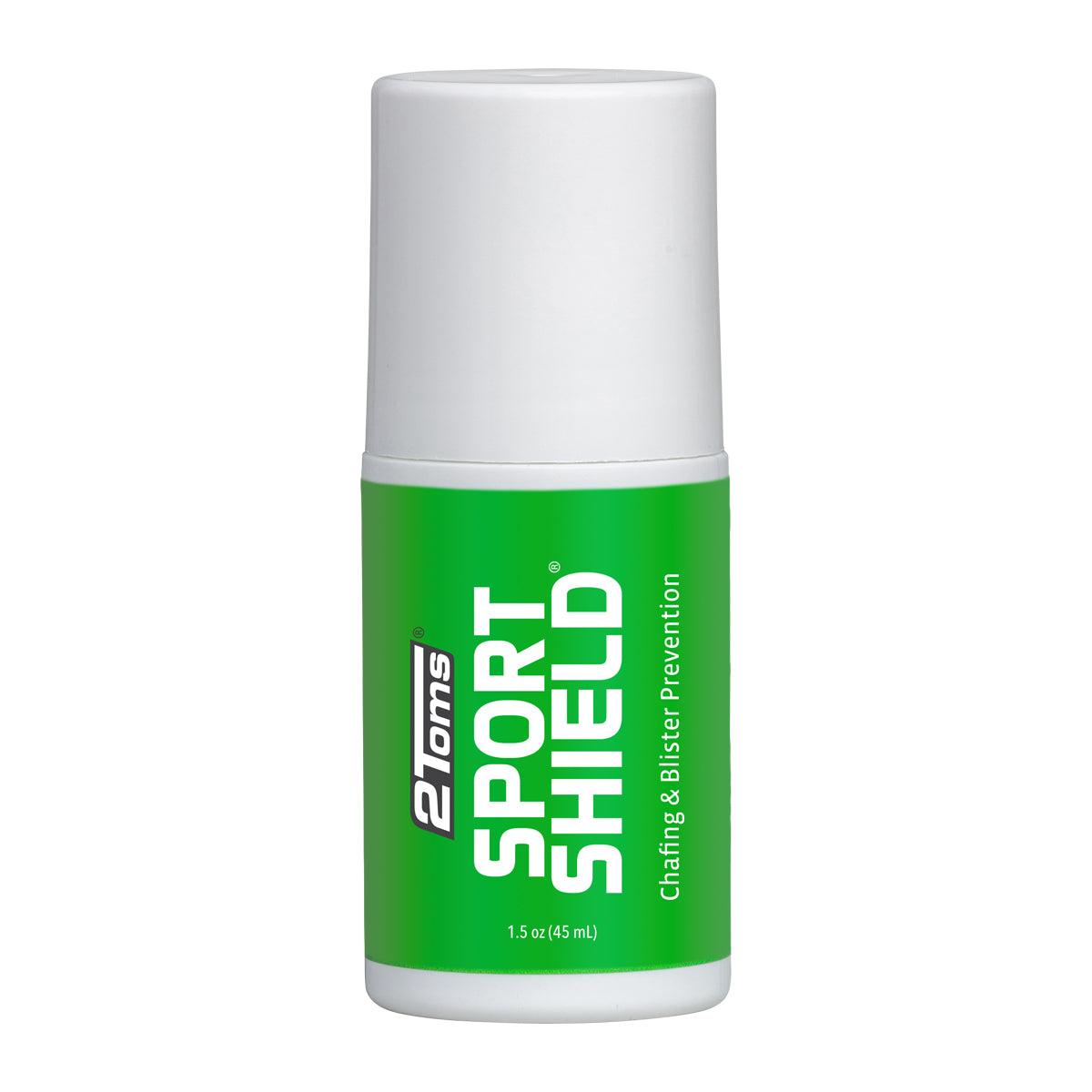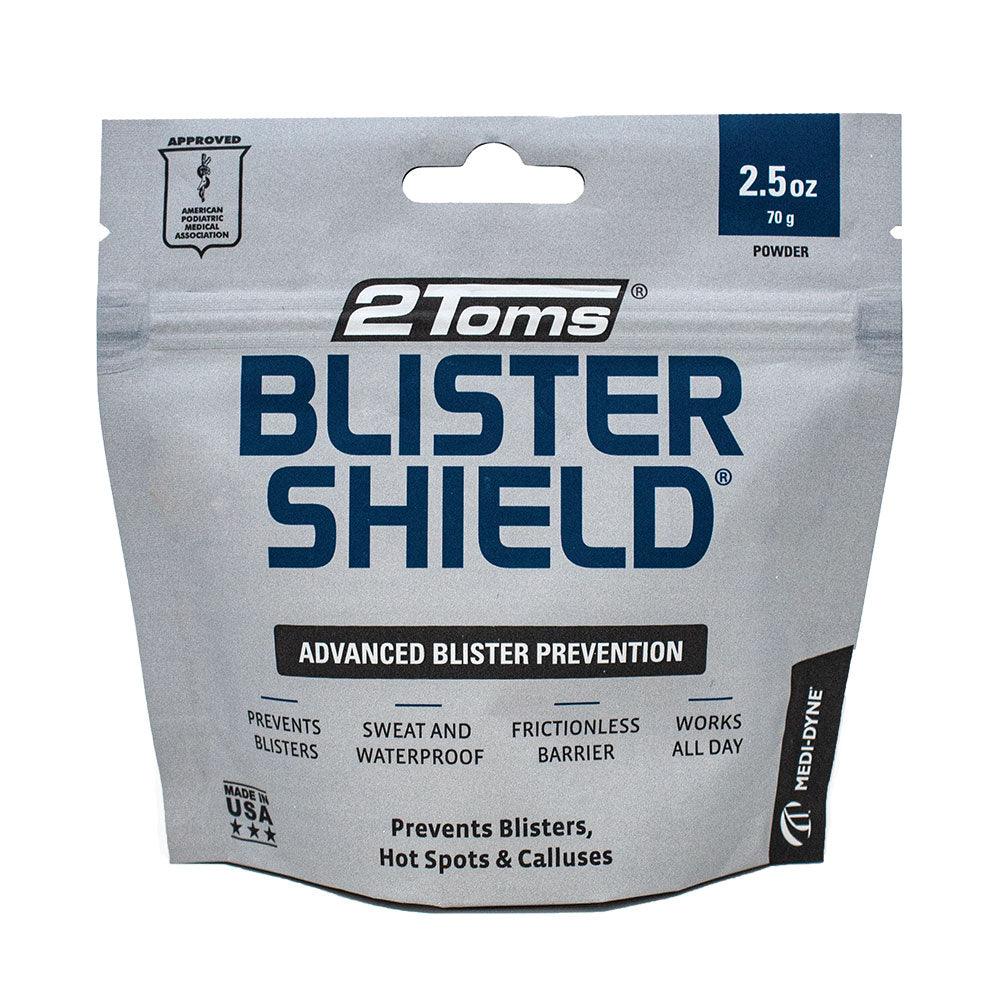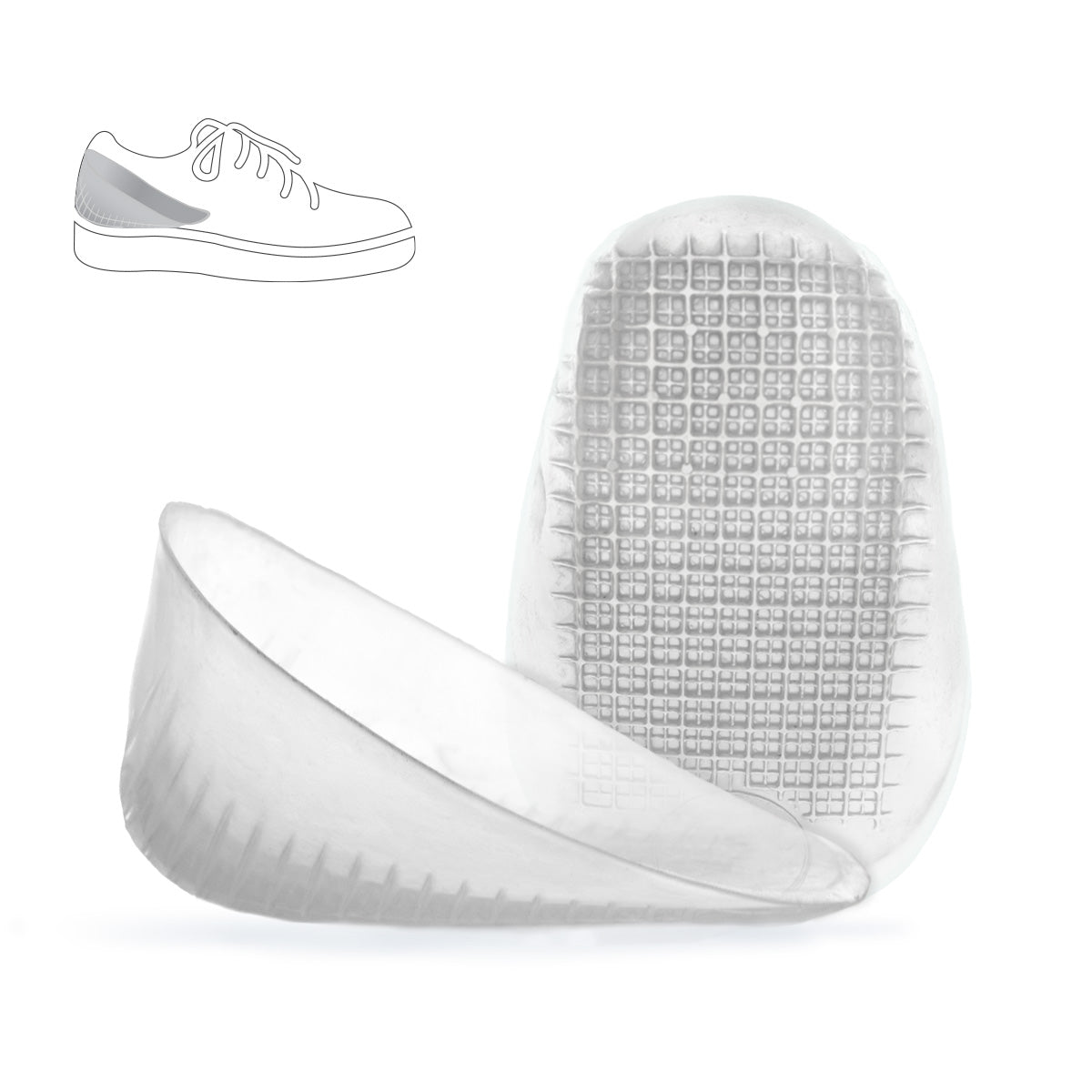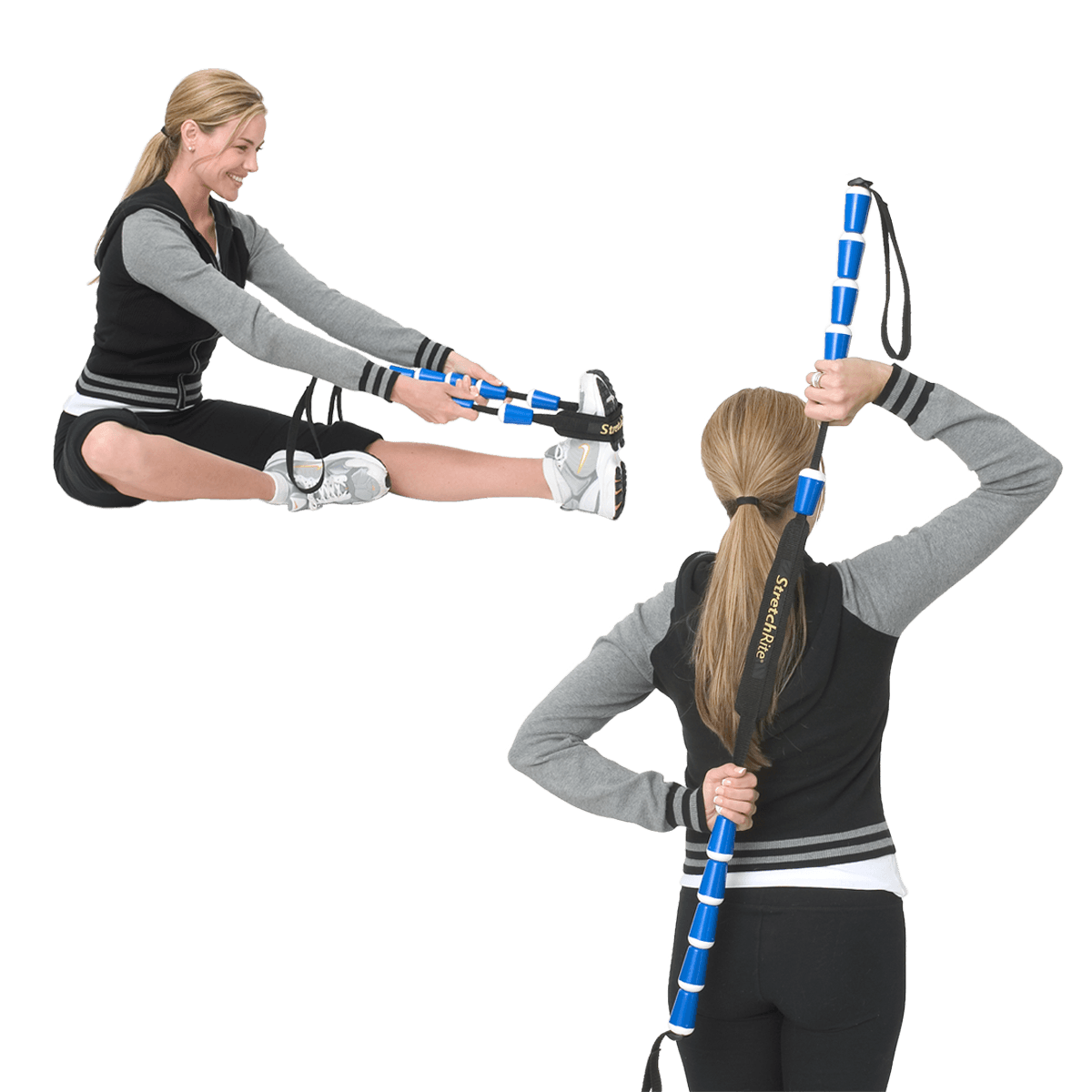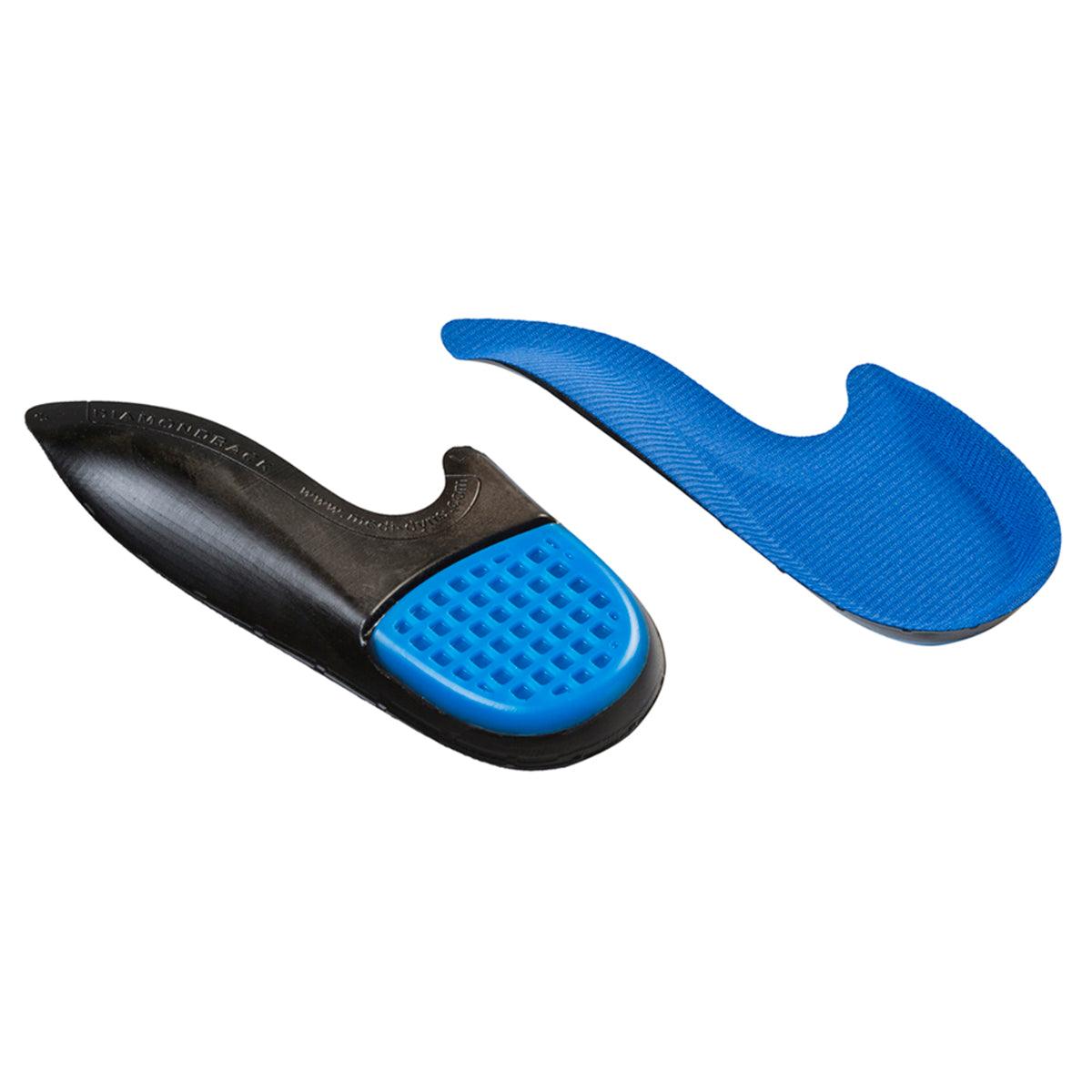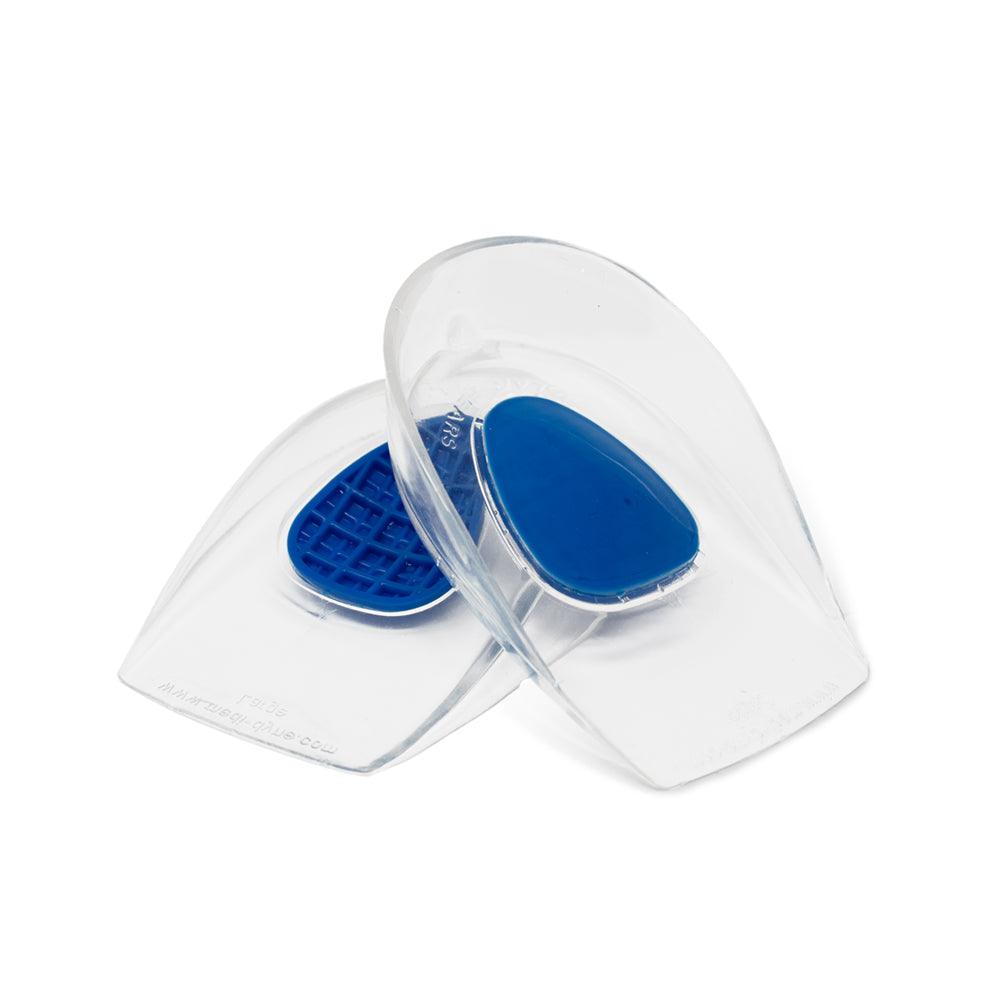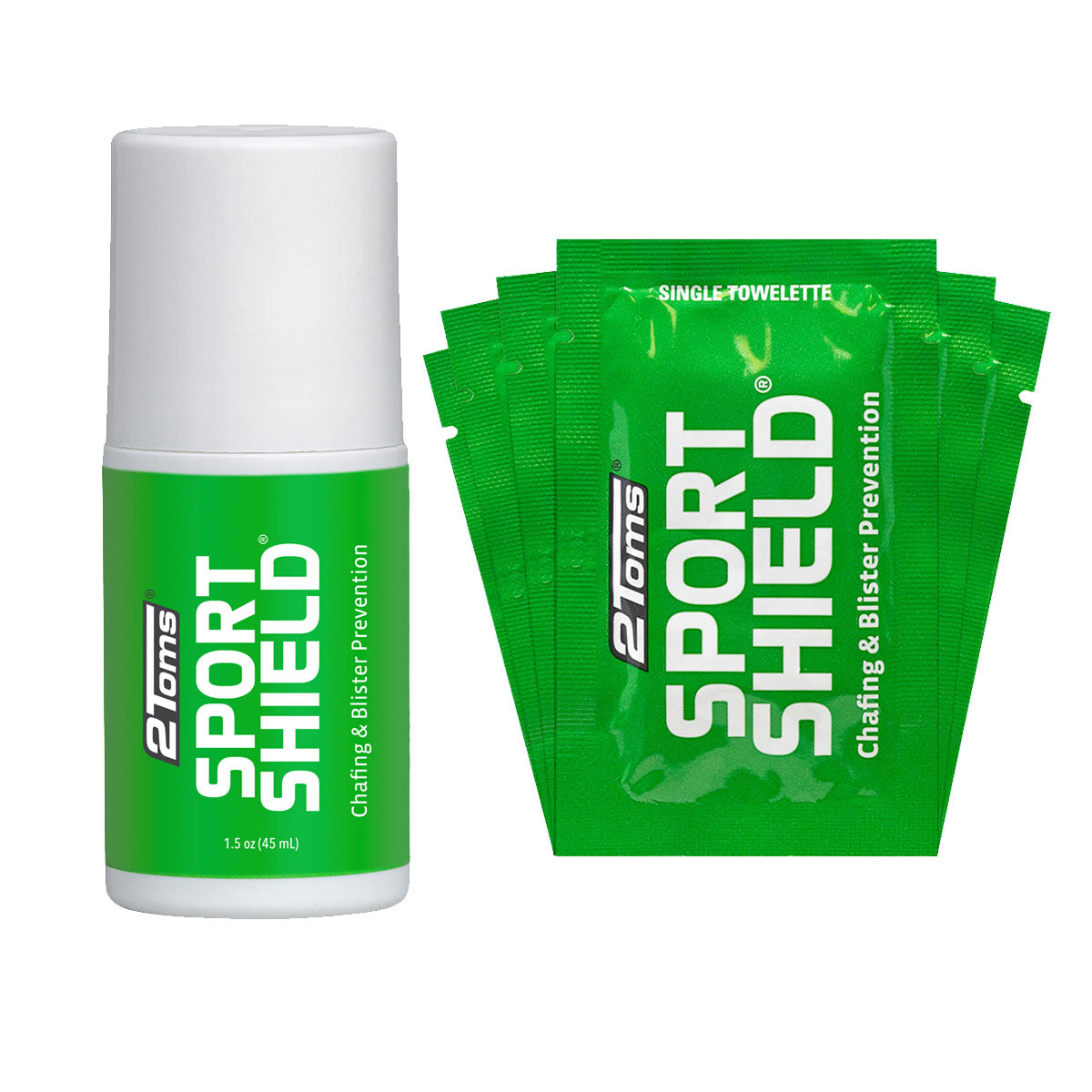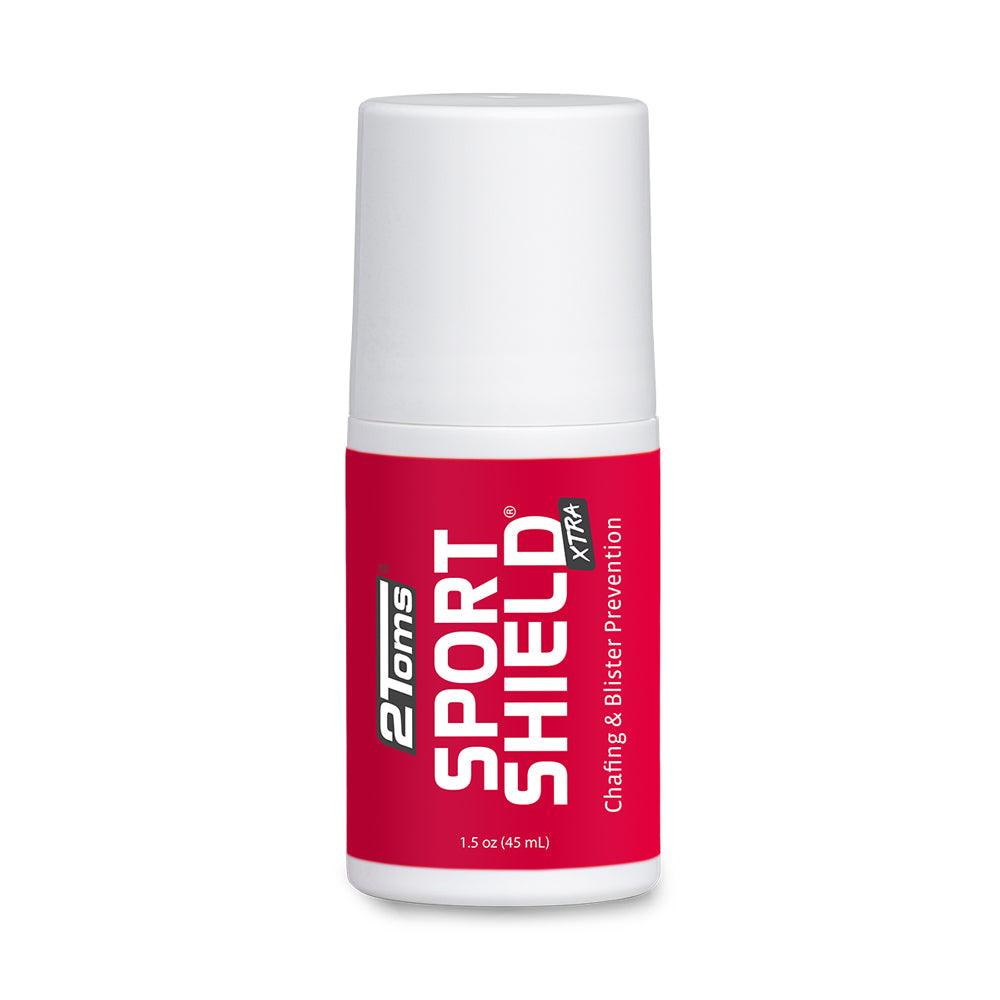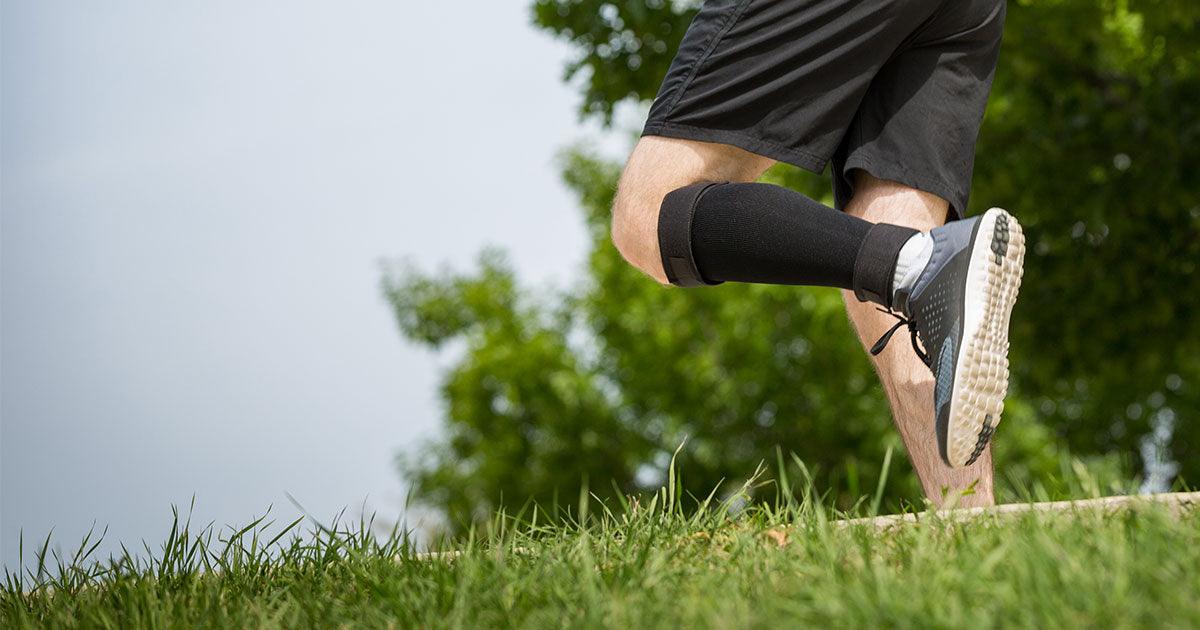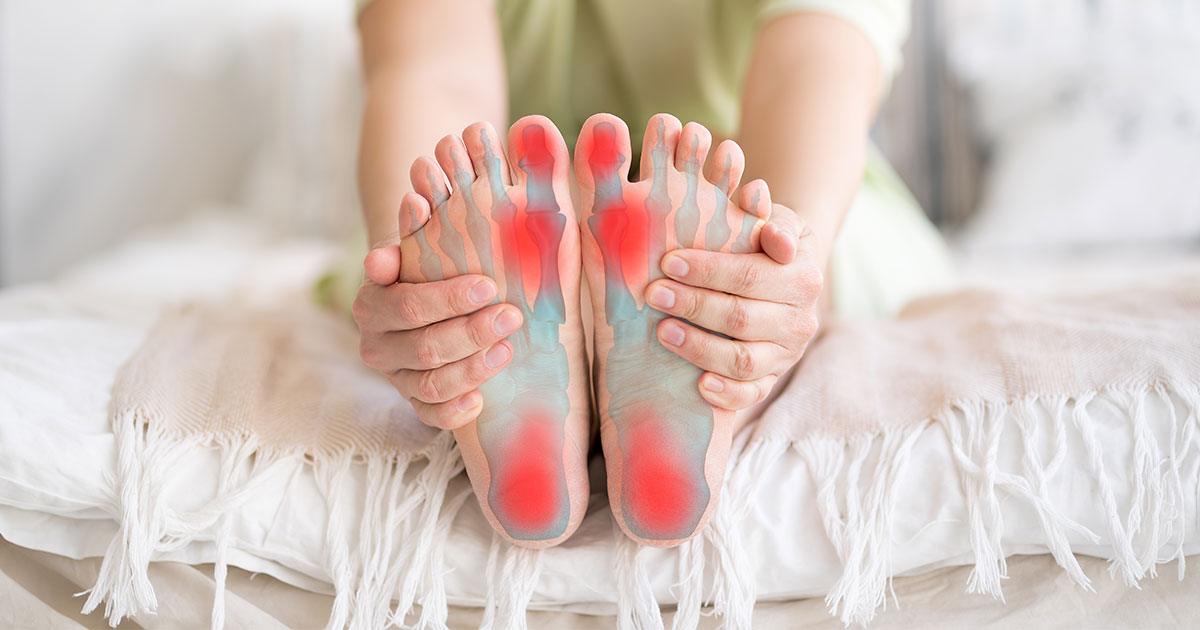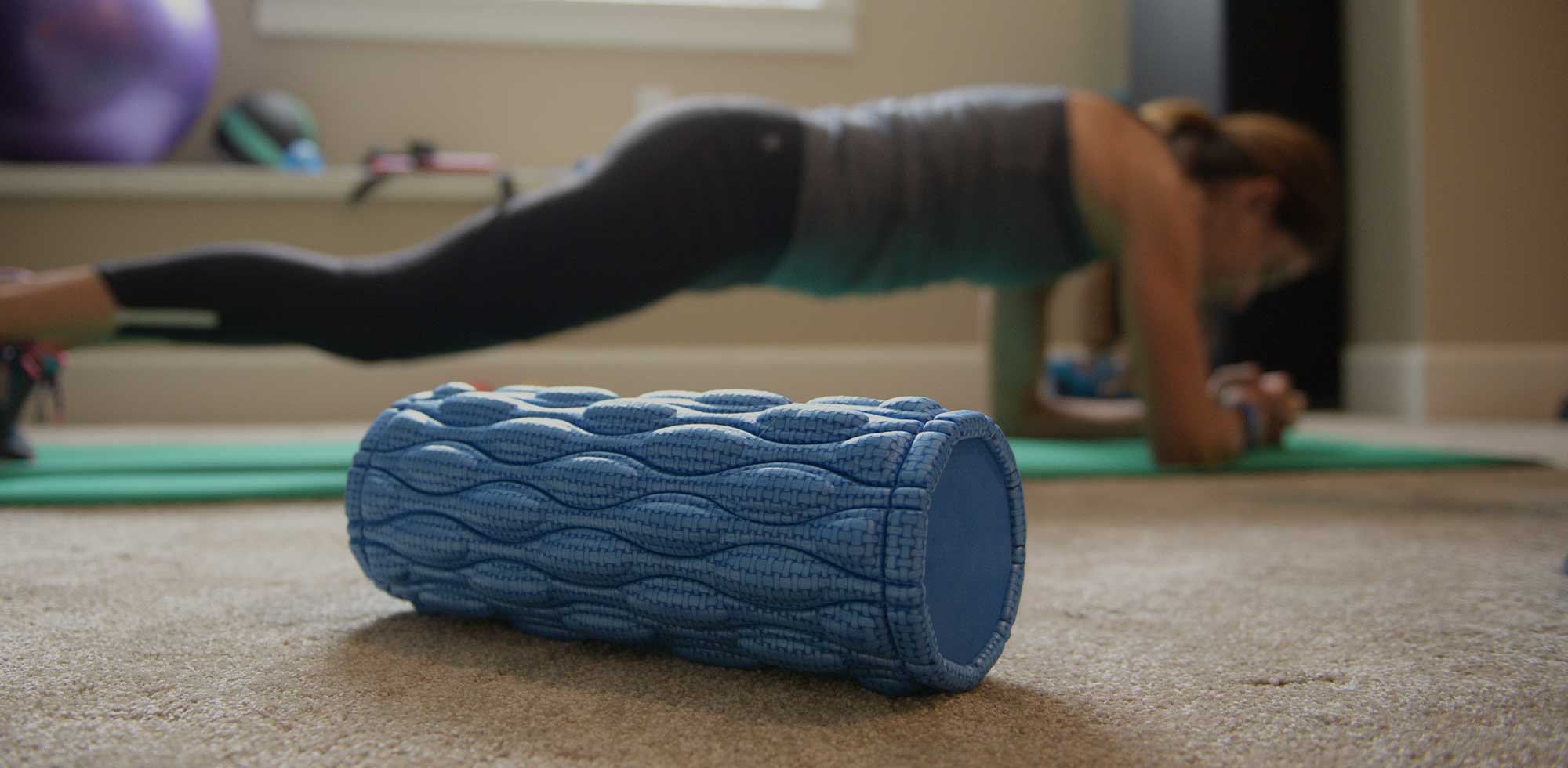Approximately 77% of adults have suffered from foot pain. The feet are exposed to a great deal of load and force, so you might expect that they would become stiff or sore from time to time, but your feet are built to withstand this type of pressure. If you’re experiencing pain, tracking the cause and symptoms can help you find the best treatment to relieve it.
Why Do I Have Pain in the Ball of My Foot?
There are many different types of foot pain. Each foot contains 26 bones, 30 joints and approximately 100 tendons, muscles and ligaments. The structure has developed to help you move and absorb shock, but there’s a lot that could go wrong.
In this article, we’ll focus on foot pain in ball of your foot. Ball of foot pain can be caused by a variety of things, including your shoes. Some of the most common reasons for foot pain in ball of foot include the following.
Plantar Fasciitis
When the networked band of soft tissue that runs along the sole of your foot is damaged or inflamed, it can cause pain in the heel or ball of your foot. Plantar fasciitis can be caused by:
- Wearing unsupportive shoes – If you don’t provide the right support for your feet, your bones and ligaments will shift and move improperly. This can put undue pressure on parts of your foot that aren’t used to it.
- Standing for long periods of time – Walking and standing on hard surfaces damages the tissues on the underside of your feet. This condition is common in factory workers, cashiers and teachers.
- Repeated impact on the foot – Runners and other people who pound the pavement put excess stress on their feet, which can increase the risk of plantar fasciitis.
- Abnormal foot mechanics – If you have a high or low arch or unusual gait, you may subject your plantar fascia to added stress.
- Age and obesity – Your tissues lose elasticity as you age, increasing your risk for this condition. Carrying additional weight also aggravates plantar fasciitis.
Metatarsalgia
The metatarsals are long bones that connect the arch of the foot with the toes. In some people, these bones grow differently than normal. A long second metatarsal bone or increased extension of the joint where the toe meets the metatarsal can contribute to pain. The metatarsal heads may also become enlarged due to conditions such as arthritis, infections and tumors. Added pressure to the metatarsal heads can be felt as pain in the ball of foot.
Bunions
Bunions often occur along with metatarsalgia. A bunion looks like a bony protrusion at the base of your big toe. You can also get smaller bunions at the base of your little toe. Foot stress, deformities and heredity contribute to the formations of bunions. A common cause is wearing shoes that are too tight. High heels can also put pressure on the big toe knuckle.
Nerve Pain
Ball of foot pain isn’t always caused by inflammation. Damaged nerves can produce uncomfortable feelings, such as numbness, tingling, burning or stabbing sensations. Nerve pain may be caused by:
- Diabetes
- Injury
- Infection
- Metabolic problems
- Exposure to toxins
- Genetics
Some nerve pain is inflammatory. If a structural issue puts pressure on a nerve, you may feel pain in the bottom of your foot. Neuroma is an inflammation in the nerves that extend to the toes.
Sesamoiditis
The sesamoids are small bones that lie close to the big toe. If the tendons that connect to the sesamoids become inflamed, you may feel pain and swelling in the front of your foot. If this condition deteriorates, it can lead to sesamoid stress fractures.
Pressure from Footwear
Unfortunately, many people wear shoes that don’t fit them properly. External pressure from ill-fitting shoes can affect the structure of your feet. It can put tension on the joints and even cause deformities.
Symptoms of Ball of Foot Pain
Foot pain in ball of foot can be mild or severe. It can make walking and even wearing shoes uncomfortable. The symptoms differ based on the source of the foot pain. Depending on the location and type of pain, you may be able to identify the cause of the problem.
- Pain and inflammation behind the toes – Metatarsalgia is characterized by pain anywhere between the arch and the toes. However, this type of pain can also be a sign of plantar fasciitis.
- Pain and inflammation in the heel – If you experience pain in the heel as well as the ball of your foot, you likely have plantar fasciitis.
- Pain and stiffness after resting – Morning aches and stiffness are often a sign of plantar fasciitis.
- Feeling like there is a pebble between the base of two toes – This is typically a sign of neuroma and may be accompanied by burning, tingling or numbness in the adjacent toes.
- Tingling, numbness or burning – This sensation is usually caused by nerve dysfunction. However, it can also be a sign of plantar fasciitis or metatarsalgia.
- Pain on the side of the ball of your foot – Pain underneath or on the side of the ball of the foot may indicate that you have a bunion.
- Pain at the base of your big toe – This type of pain is usually indicative of sesamoiditis.
Treatments for Pain in the Ball of my Foot
If you experience foot pain, don’t try to push through it. Ideally, you should rest the foot as much as possible. Ice and anti-inflammatory medications may reduce the swelling and eliminate the problem. However, if the issue is due to a structural condition or something else, you should treat it based on the diagnosis. Some treatments that relieve many types of ball of foot pain include:
- Orthopedic inserts – Metatarsal cushions can absorb shock and cushion painful areas so that you can move comfortably when you’re not resting.
- Change your footwear – If you have a structural issue or deformity, you likely need to wear shoes with a roomier toe box. For individuals with plantar fasciitis, a thicker sole and arch support should be soothing and may prevent further injury.
- Stretch – Stretches for plantar fasciitis can improve flexibility and strength in your foot. They can also relieve pain and warm up your feet before you have to get moving for the day.
- Soft tissue techniques – Massage and other soft tissue techniques are performed by professionals and can help improve blood flow, promote healing and reduce inflammation.
- Cortisone injections – Cortisone injections can relieve pain and inflammation when other treatment methods haven’t worked.
Are you wondering, “What should I do about pain in the ball of my foot?” A specialist can help you identify the cause of the issue and guide you toward appropriate treatment. In the meantime, encourage healing by wearing the right shoes, staying off of your feet and avoiding activities that make the pain worse.
RELATED PRODUCTS
OTHER RELATED TOPICS:
IS YOUR HEEL PAIN HEEL SPURS OR PLANTAR FASCIITIS?
TOP 10 HEEL PAIN EXERCISES: HOW TO GET RELIEF FAST!
PLEASE NOTE: The information on this website and article is for information only and should not be used as a substitute for consulting your doctor. Consult your doctor for proper diagnosis and rehabilitation




